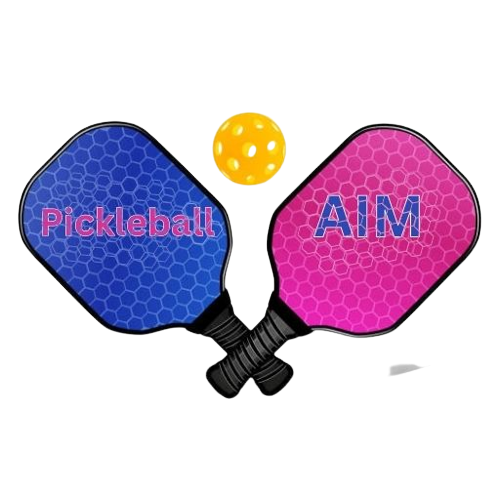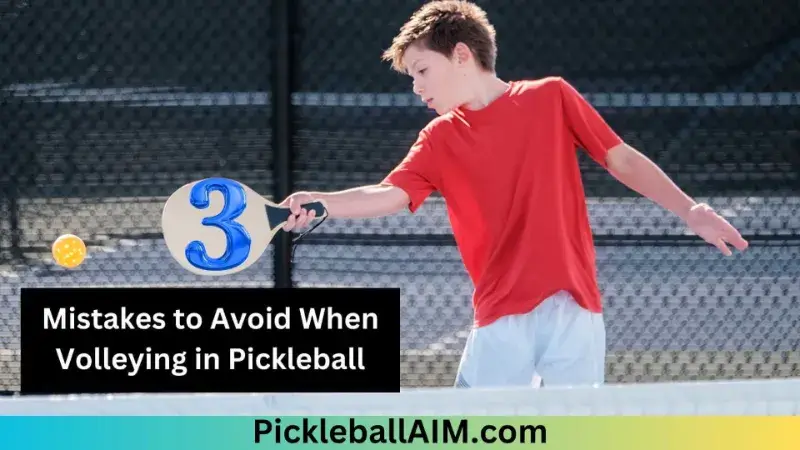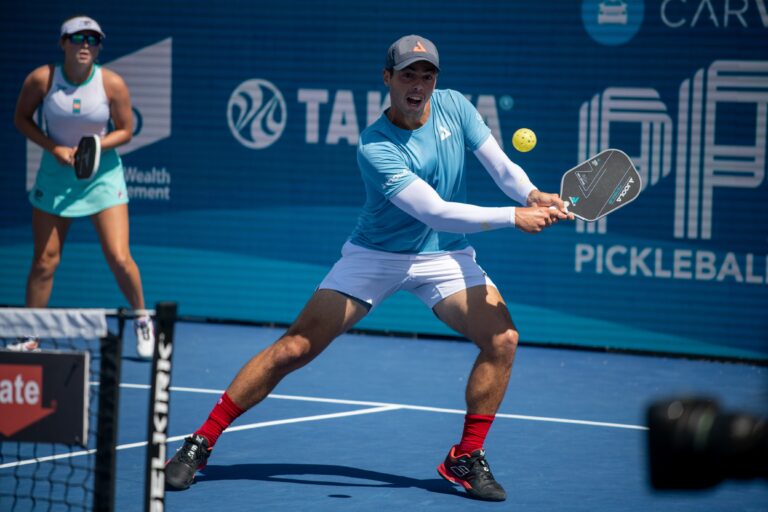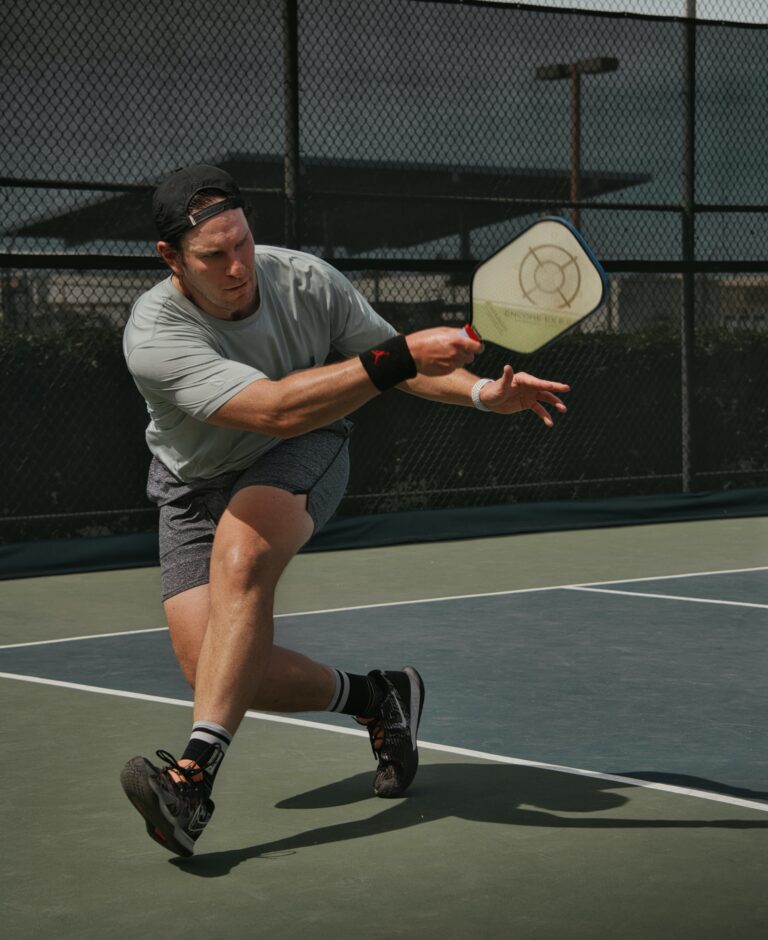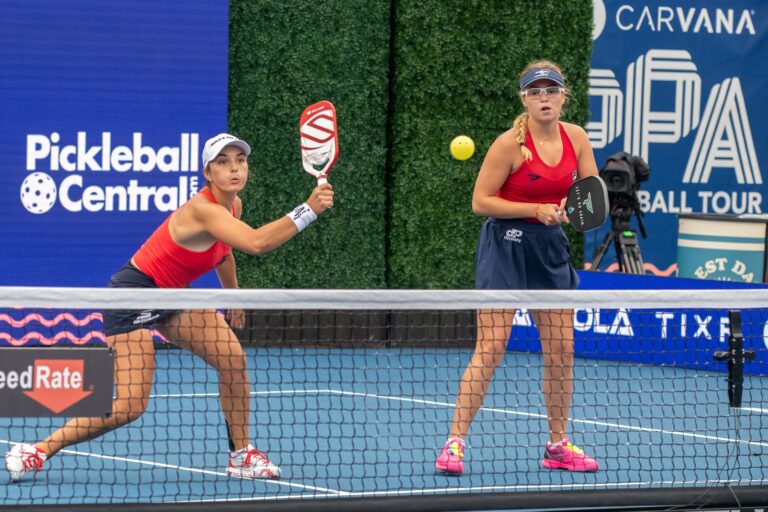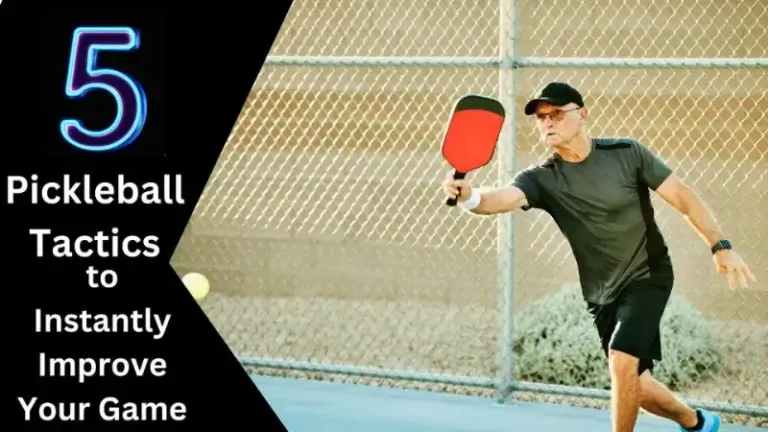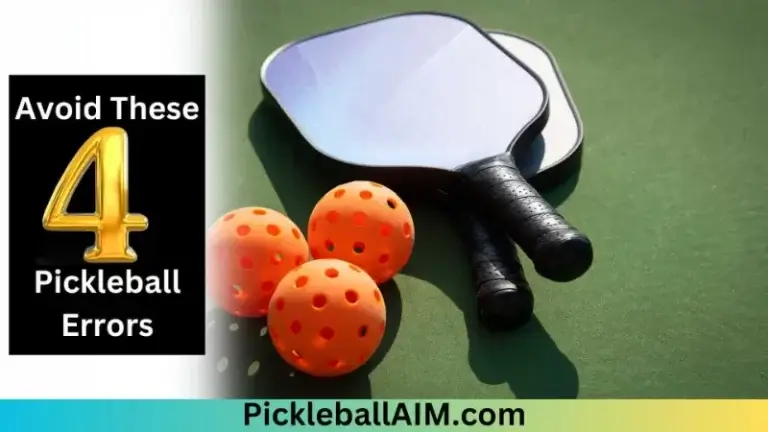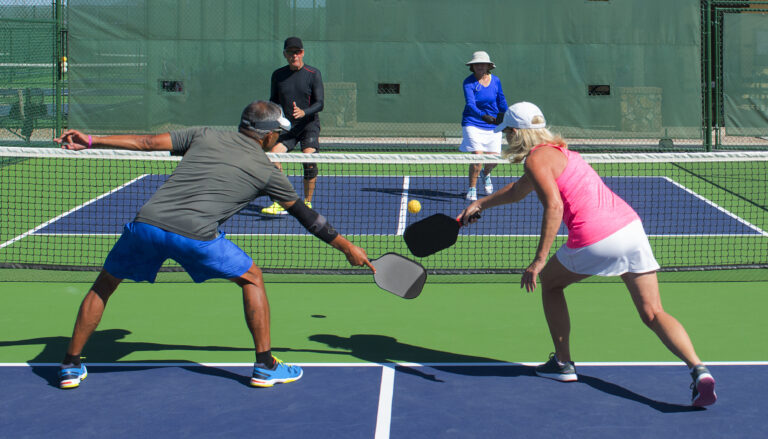3 Mistakes to Avoid When Volleying in Pickleball: Tips and Strategies
Pickleball has gained remarkable popularity over the years as a fast-paced and engaging sport that combines elements of tennis, badminton, and ping pong. One of the key skills that players need to master is volleying, which involves hitting the ball before it bounces on the ground. Effective volleying can give you a significant advantage in the game, but there are some common mistakes that players tend to make. In this article, we’ll explore three mistakes to avoid when volleying in pickleball and provide valuable tips and strategies to improve your game.
Mistake #1: Poor Positioning
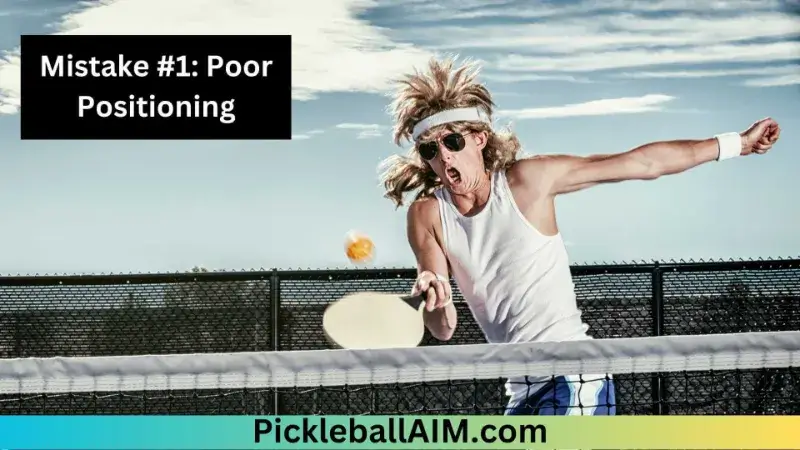
Positioning is Key
One of the fundamental aspects of successful volleying in pickleball is proper positioning. A mistake many players make is not being in the right position on the court when the ball comes their way. Being in the wrong position can lead to awkward and ineffective shots, giving your opponents an upper hand.
Tips for Better Positioning
- Stay in the Ready Position: Always be ready with your knees slightly bent, weight on the balls of your feet, and paddle held up at chest level. This stance allows you to react quickly to the ball and adjust your position as needed.
- Anticipate the Shot: Pay attention to your opponent’s body position and the trajectory of the ball. Anticipating where the ball will land enables you to move into the ideal position to execute a successful volley.
Mistake #2: Overreaching and Underreaching
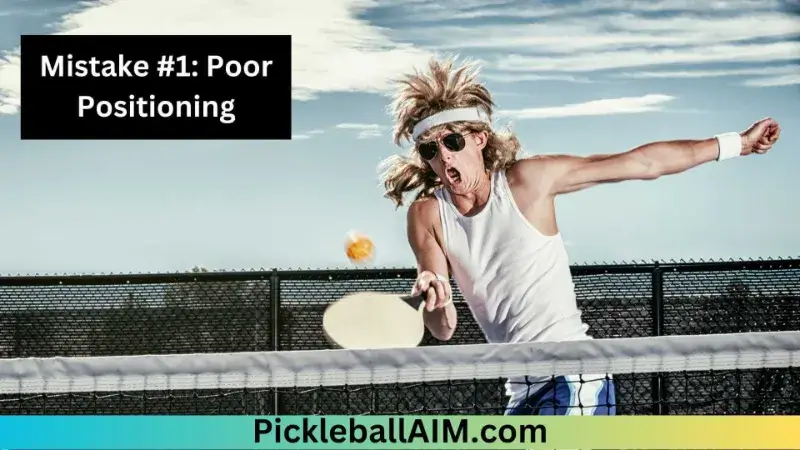
Finding the Sweet Spot
Another mistake to avoid is mishandling the reach needed for volleys. Overreaching or underreaching can lead to inaccurate shots and loss of control, ultimately affecting the outcome of the point.
Tips for the Right Reach
- Maintain a Relaxed Grip: Holding your paddle with a relaxed grip gives you better control over your shots. Tensing up your grip can result in awkward wrist movements that lead to overreaching or underreaching.
- Practice Footwork: Footwork is crucial for getting into the right position to hit the ball. Work on your footwork to ensure you’re balanced and able to reach the ball comfortably without overstretching.
Mistake #3: Lack of Communication
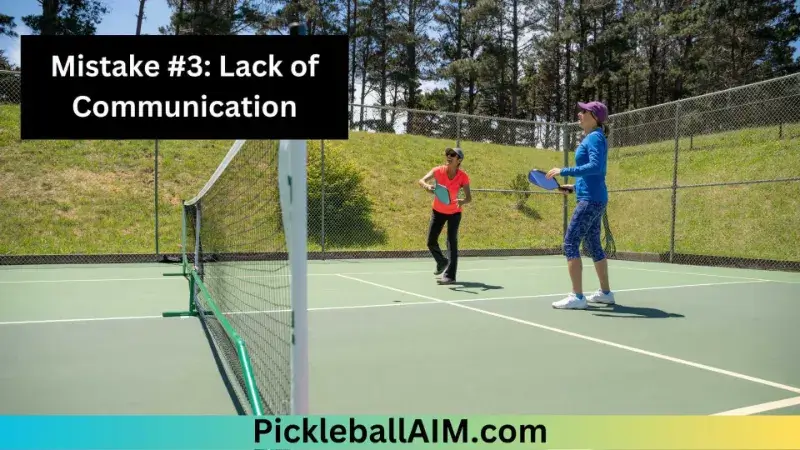
Doubles Communication
In doubles pickleball, effective communication with your partner is essential. Failing to communicate can result in confusion and missed opportunities for successful volleys.
Strategies for Better Communication
- Establish Signals: Develop hand signals or cues with your partner to indicate who will take the shot. This eliminates uncertainty and ensures both players are on the same page.
- Stay Vocal: Keep a line of communication open throughout the game. Call out shots you intend to take and encourage your partner to do the same. This helps in avoiding collisions and creating a cohesive playing strategy.
Continuing the Journey to Improved Pickleball Volleys
In the world of pickleball, refining your volleying skills can truly make a difference in your performance on the court. In the previous sections, we discussed the importance of positioning, reaching effectively, and maintaining communication with your partner. Let’s delve further into some advanced strategies and additional tips to help you continue your journey to becoming a volleying master.
Advanced Strategies for Mastering Volleys
Employing the Soft Touch
While power is essential in pickleball, finesse can be equally valuable. When you’re at the net, consider using the “soft touch” technique. This involves slightly cushioning the ball with your paddle, allowing it to softly land on your opponent’s side of the court. This can catch your opponents off guard and disrupt their rhythm, potentially leading to an advantageous position for your team.
Mastering the “Punch” Volley
When the ball is hit directly at you, especially at a fast pace, using a “punch” volley can be effective. Instead of a full backswing, keep your paddle close to your body and use a short, quick motion to punch the ball back over the net. This technique provides less time for your opponent to react and can result in surprising winners.
Additional Tips for Volley Success
Focus on Footwork
Footwork is a cornerstone of solid volleying. Work on your footwork off the court to ensure you’re always in the right position. Practice moving forward, backward, and sideways with quick and controlled steps. Your ability to get into position efficiently will greatly impact the quality of your volleys.
Watch Your Opponent’s Paddle
By closely observing your opponent’s paddle angle and position, you can anticipate the trajectory of their shots. This anticipation allows you to adjust your position and be ready for the ball, giving you a split-second advantage in making successful volleys.
Practice Under Pressure
Incorporate pressure scenarios into your practice routine. This could involve playing simulated points where you start at the net and your opponent hits balls at you from various angles. Practicing under pressure helps you develop the ability to stay calm and make quick decisions during actual games.
The Mental Aspect of Volleys
Stay Confident
Volleying can be mentally demanding, especially in crucial moments. Maintain confidence in your skills and trust your training. Doubting yourself can lead to hesitation and mistakes, so stay positive and remind yourself of your capabilities.
Learn from Mistakes
Every mistake is an opportunity for growth. Instead of dwelling on a missed volley, analyze what went wrong and learn from it. Adjust your technique, positioning, or decision-making based on your experiences to continually improve.
Elevating Your Pickleball Volleys to the Next Level
In the ever-evolving world of pickleball, the quest for mastery is a continuous journey. Building upon the foundation laid out in the previous sections, we’ll explore more nuanced techniques and strategies that will elevate your pickleball volleying skills to new heights. Let’s dive into some advanced concepts and expert-level insights that will set you apart on the court.
Mastering the “Angle” Volley
Exploiting Angles for Advantage
Understanding the geometry of the court is essential for advanced volleying. Instead of hitting the ball straight back, experiment with hitting cross-court or down-the-line volleys. Angling your volleys effectively can make it challenging for your opponents to anticipate your shots and react in time. This strategic play can open up opportunities for winners and put pressure on your opponents.
Changing Angles Mid-Volley
An even more advanced technique involves adjusting the angle of your paddle during the volley. By subtly tilting your paddle at the last moment, you can redirect the ball to unexpected areas of the court, catching your opponents off balance and forcing them into defensive positions.
Reading the Game
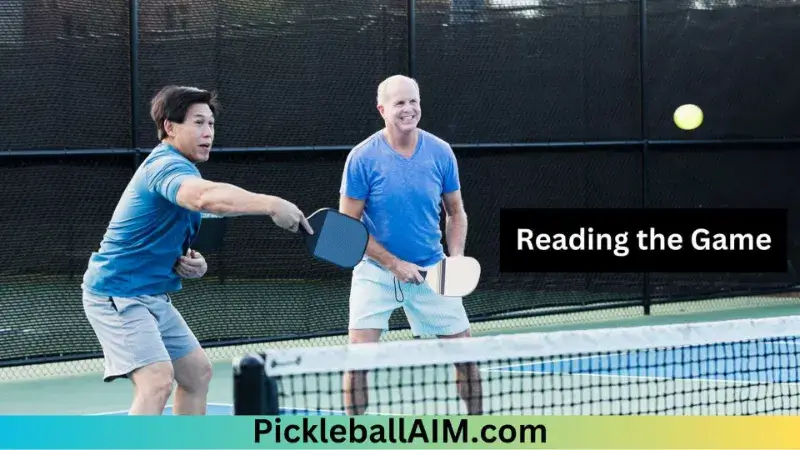
Analyzing Patterns
As you gain experience, you’ll start noticing patterns in your opponent’s shots and tendencies. Use this insight to your advantage by positioning yourself preemptively and preparing for the anticipated shot. This proactive approach can give you an edge in volleying effectively.
Predicting Intentions
Advanced players often analyze their opponent’s body language and positioning to predict their next move. By reading these cues, you can make split-second decisions on how to position yourself and which type of volley to execute. This mental aspect of the game can be a game-changer.
Adapting to Different Ball Speeds and Heights
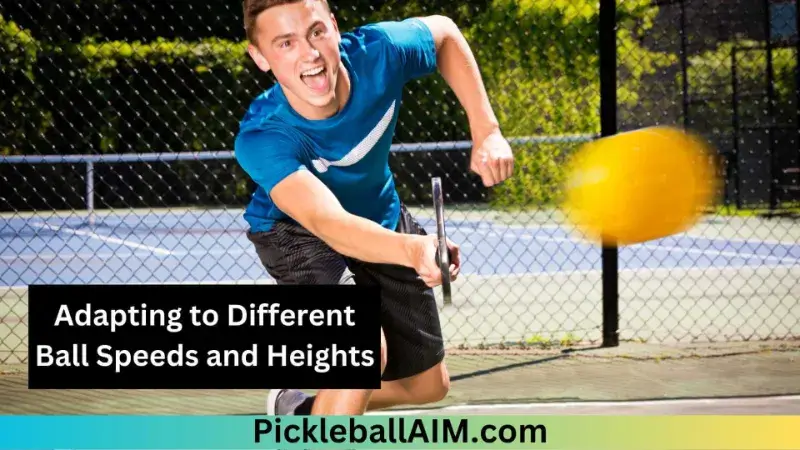
Fast Ball Reactions
At higher levels of play, the game’s pace increases significantly. To handle fast-paced volleys, focus on your reaction time. Keep your paddle slightly in front of you and be prepared to make rapid adjustments based on the speed of the ball.
Handling Low and High Balls
Different ball heights require different techniques. For low balls, bend your knees to get down to the ball’s level and use a shorter backswing to maintain control. When dealing with high balls, extend your arm to its fullest to reach the ball’s peak and create an angle that sends the ball downward with force.
Consistency under Pressure
Mental Resilience
In intense matches, maintaining mental composure is crucial. Train your mind to stay focused and resilient even in high-pressure situations. Breathing exercises, positive self-talk, and mindfulness techniques can help you stay calm and make confident volleying decisions.
Visualization
Before stepping onto the court, visualize successful volleys in your mind. This mental rehearsal can boost your confidence and prepare your muscles for the actions they’re about to perform. Visualization is a powerful tool in building consistency.
Conclusion
As you embark on your journey to becoming a pickleball volleying virtuoso, remember that mastery takes time and dedication. By embracing advanced strategies, refining your techniques, and nurturing a strong mental game, you can unlock a realm of possibilities on the pickleball court. Whether you’re an amateur enthusiast or a seasoned competitor, the thrill of improving your skills and outmaneuvering opponents is what makes pickleball an endlessly rewarding sport. So, keep practicing, keep learning, and keep elevating your pickleball volleys to the next level. Your path to excellence continues with every volley you send over the net.
